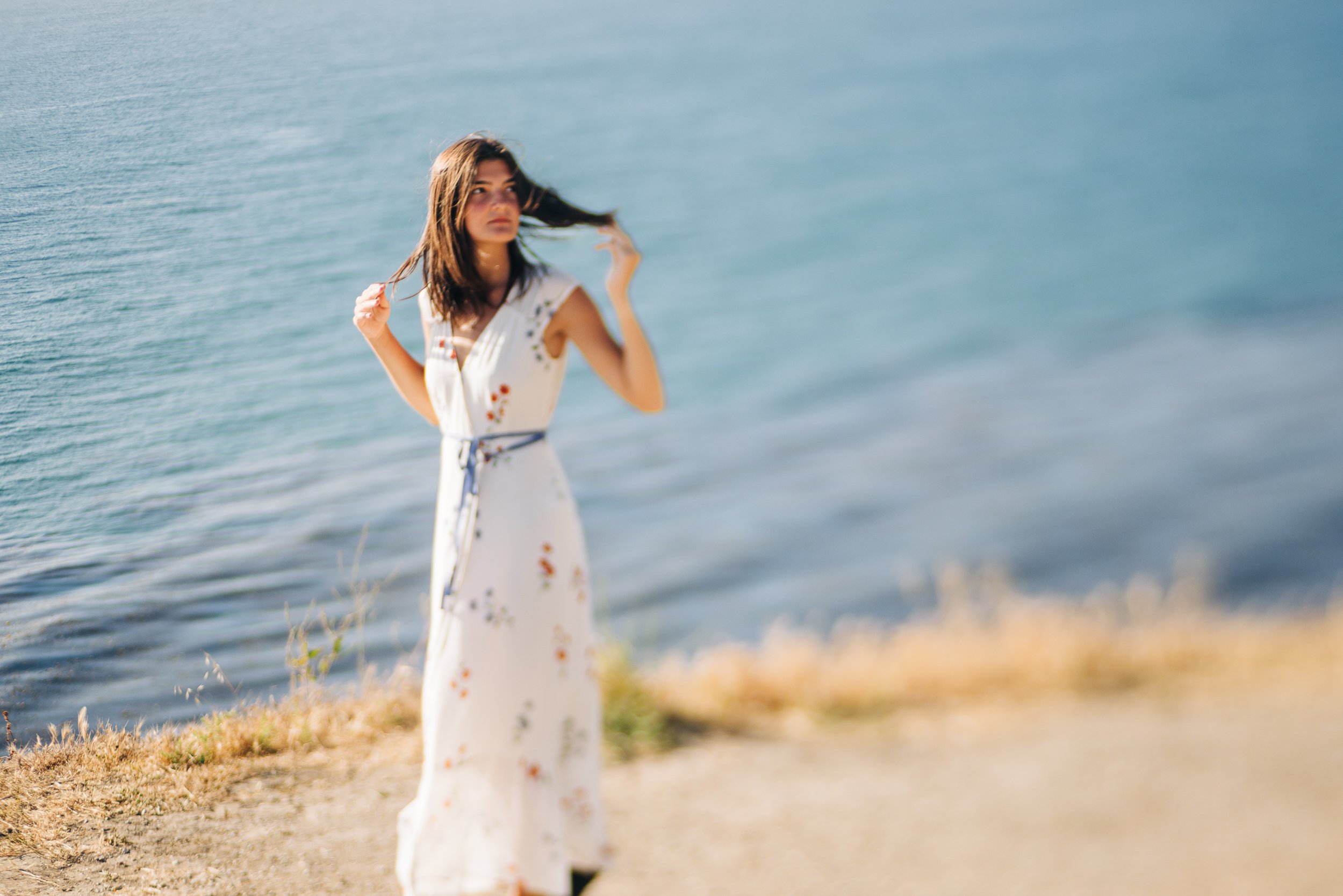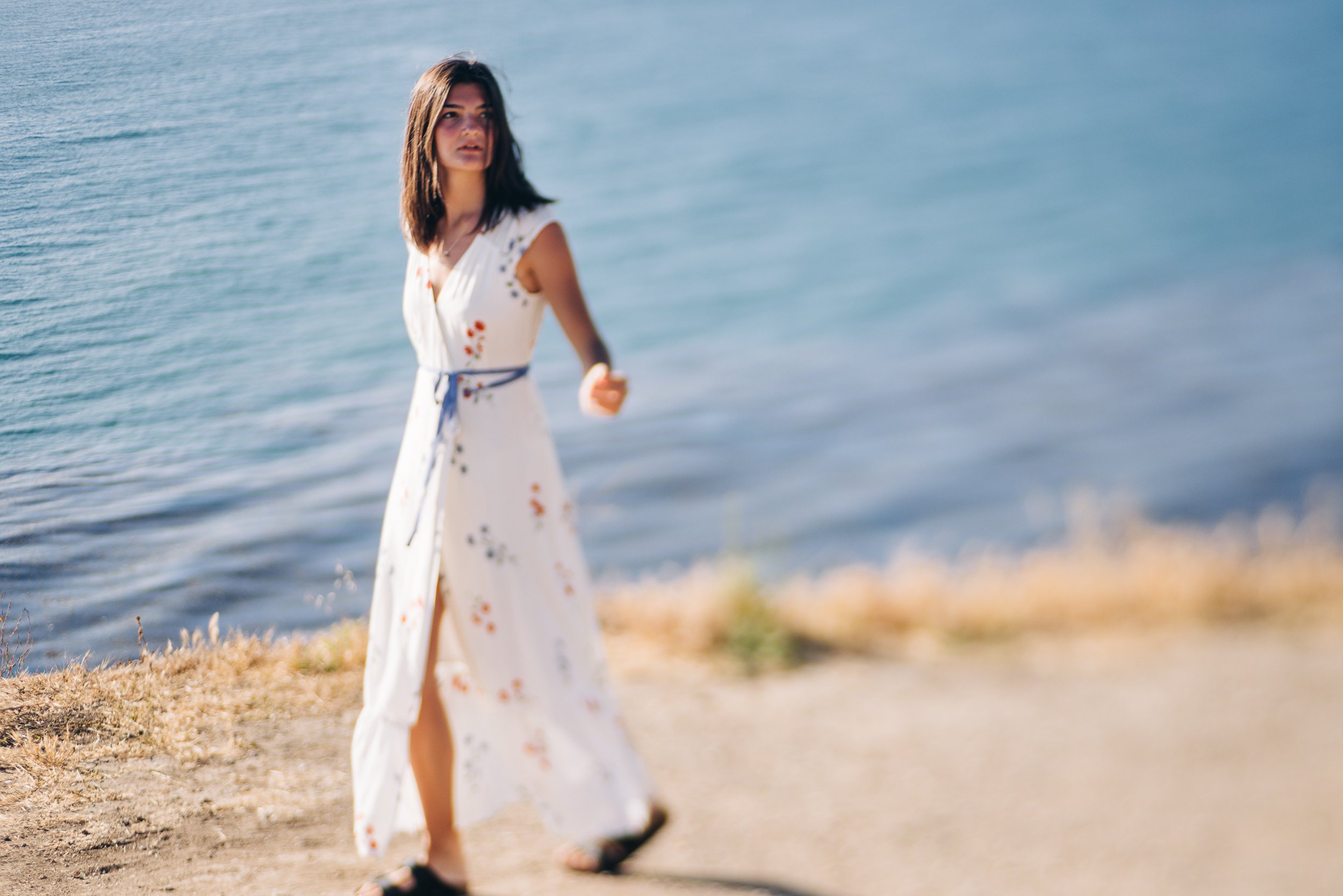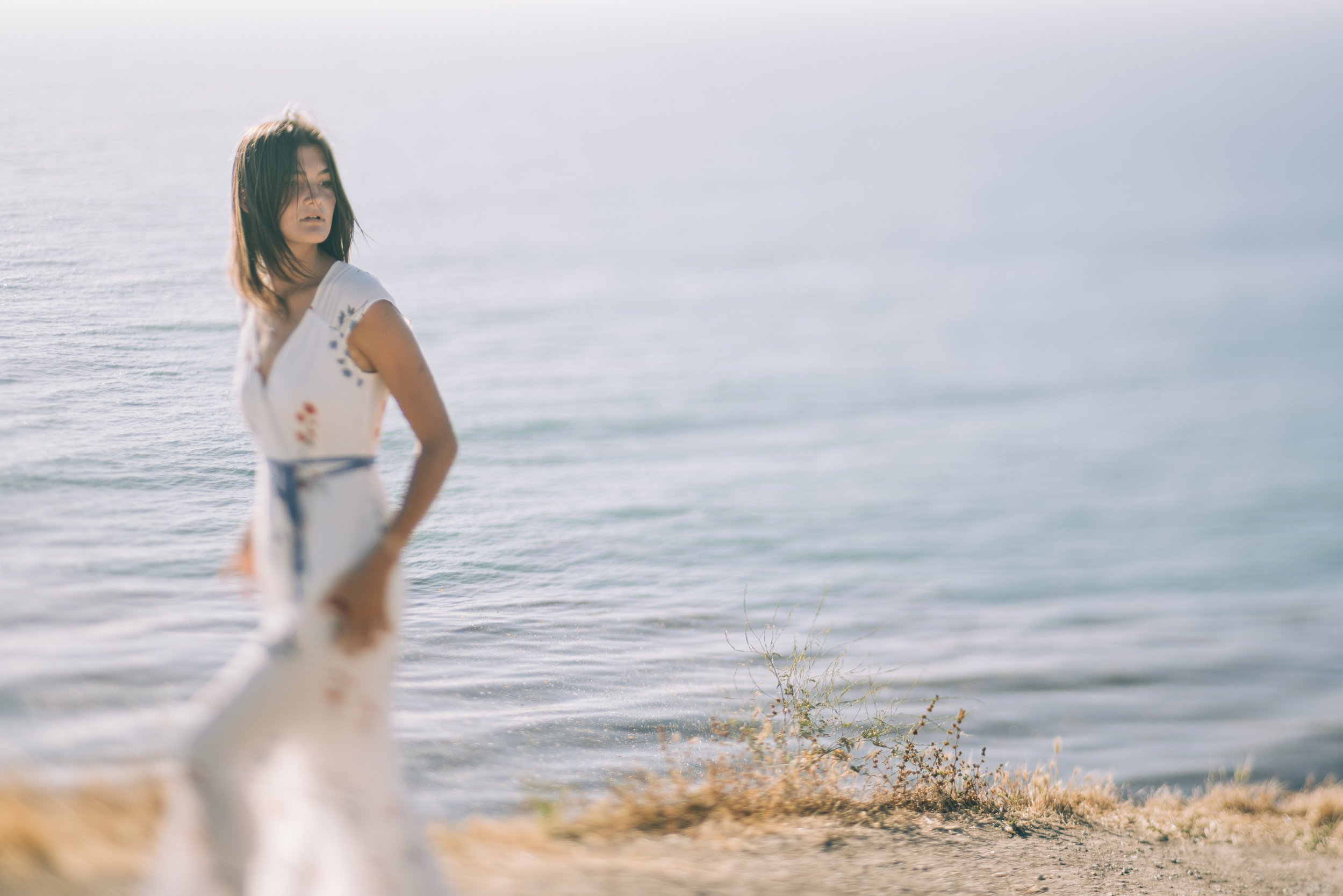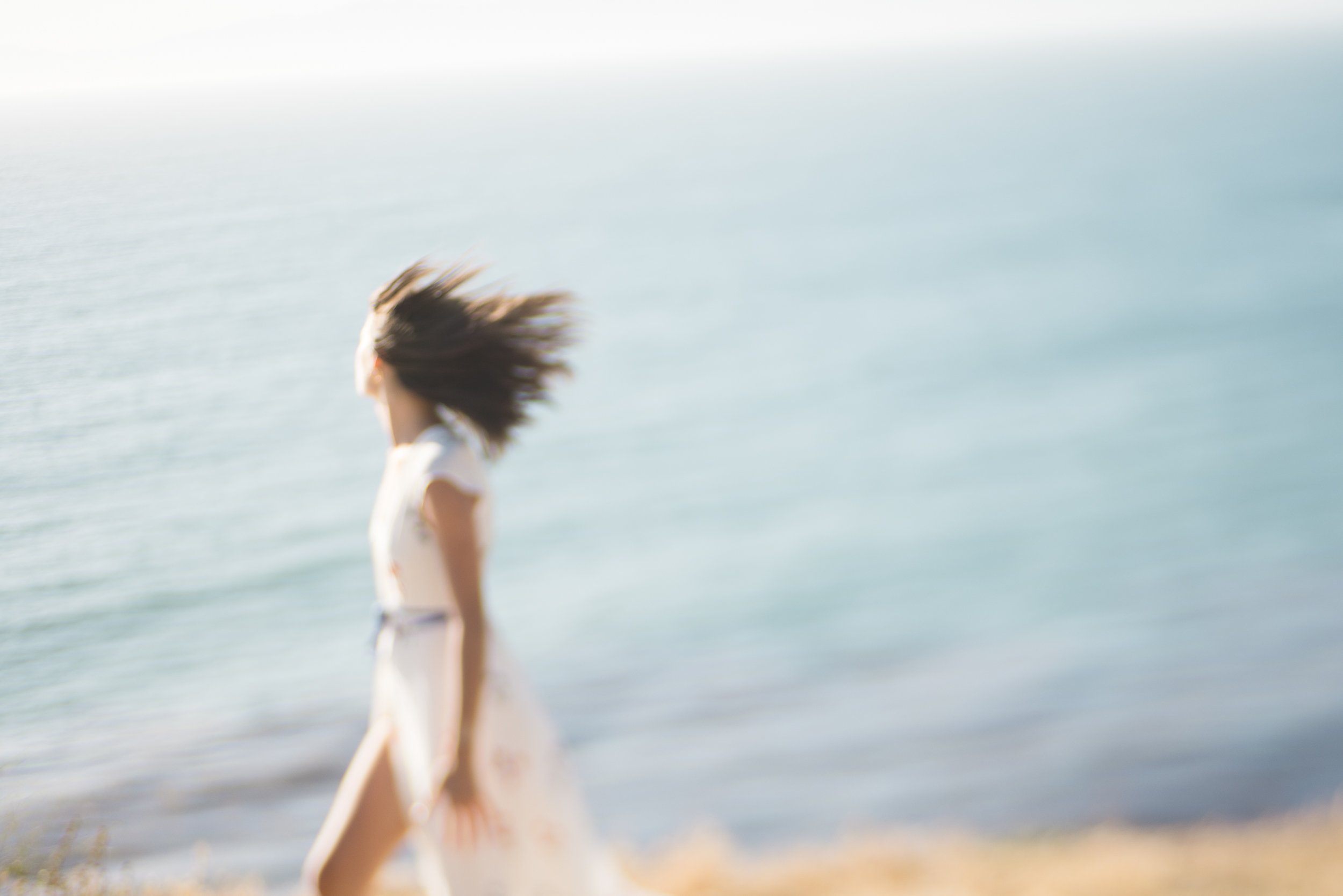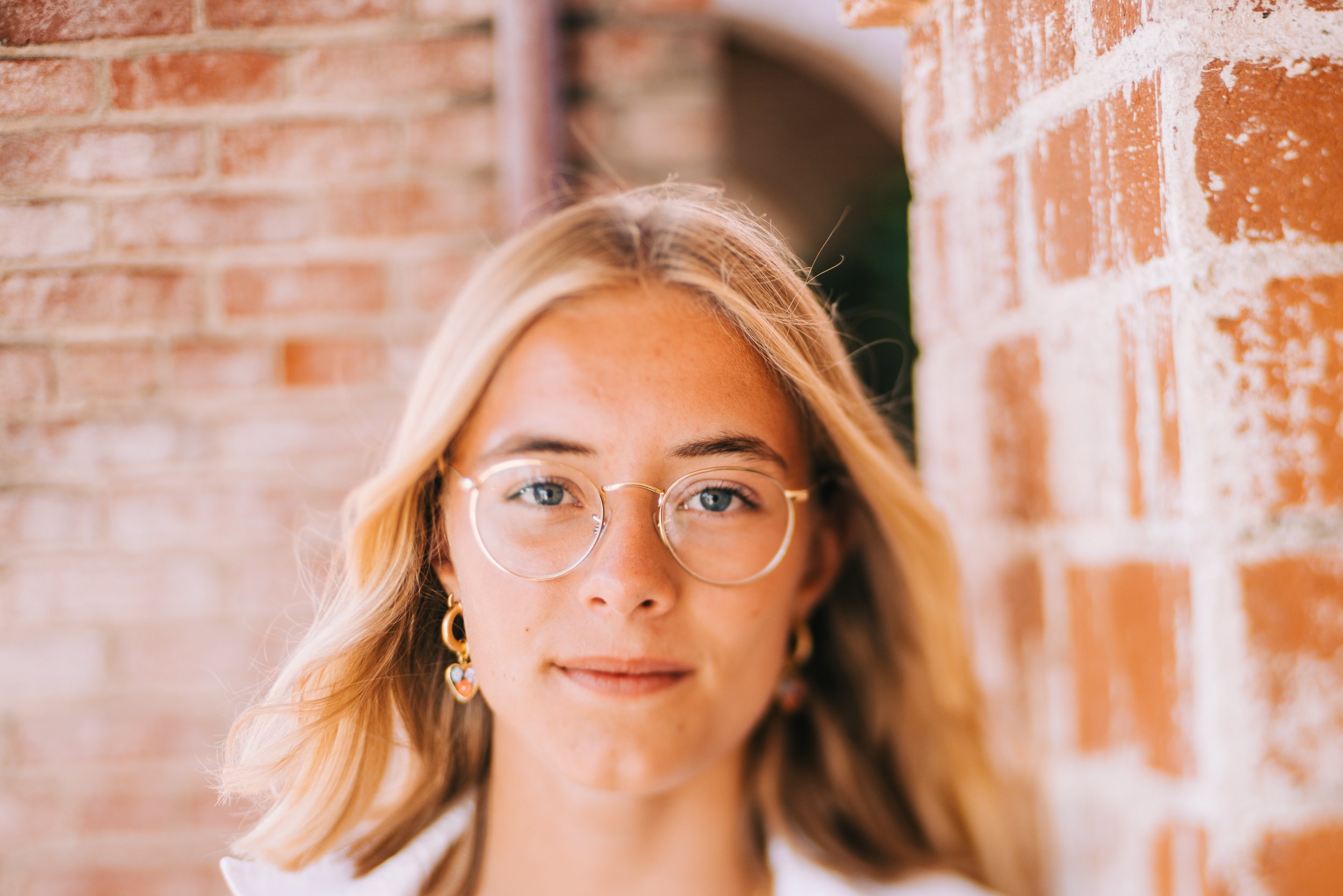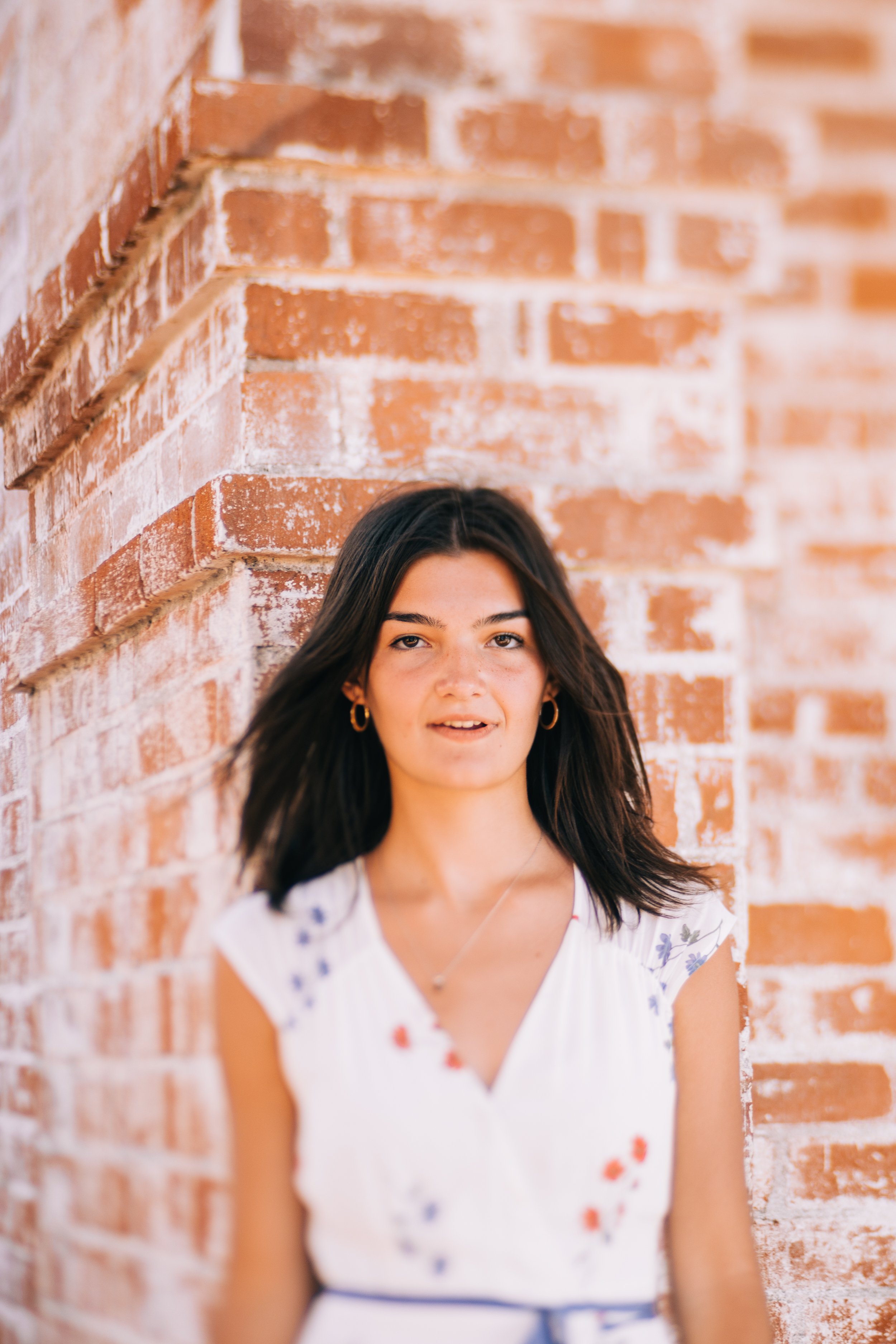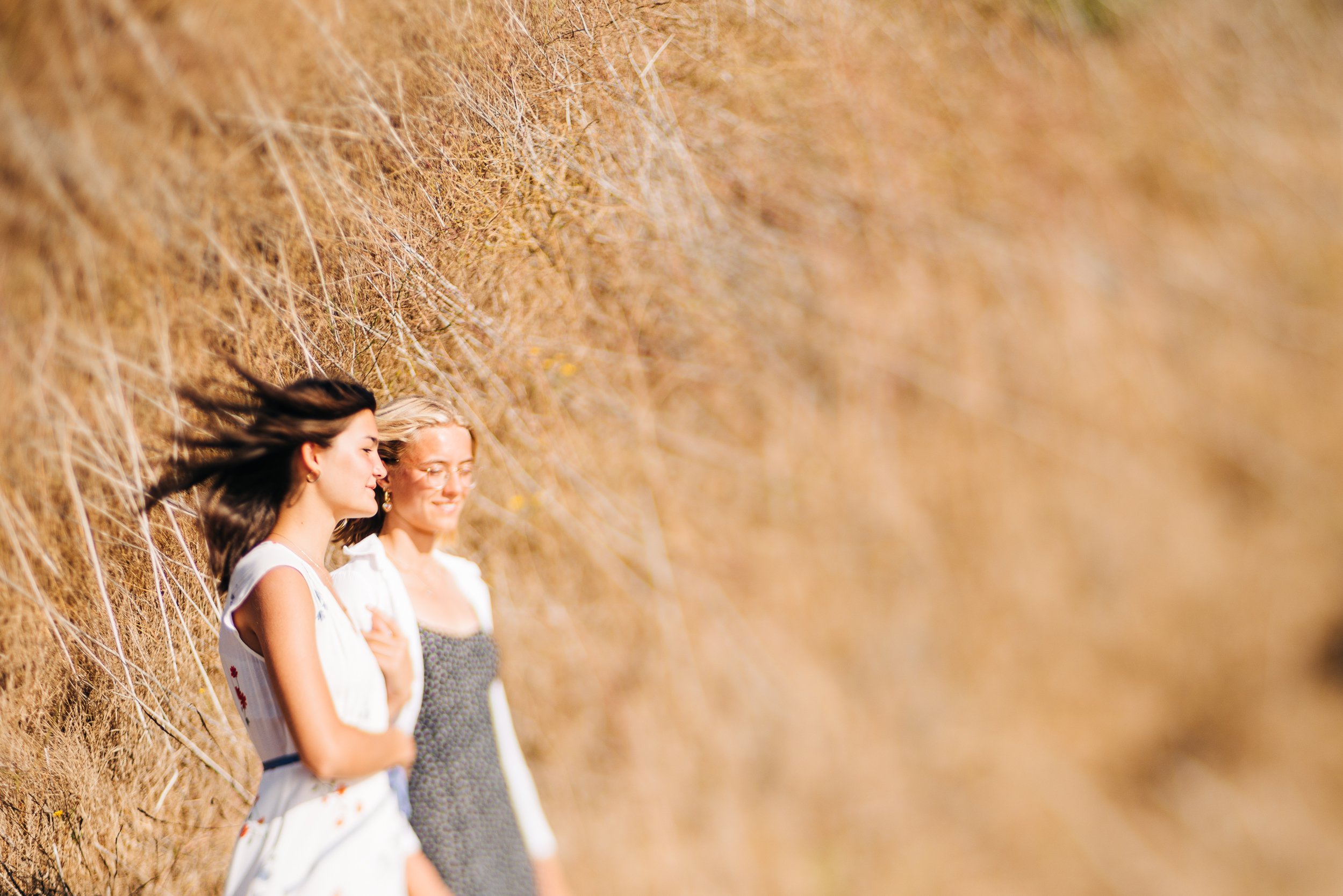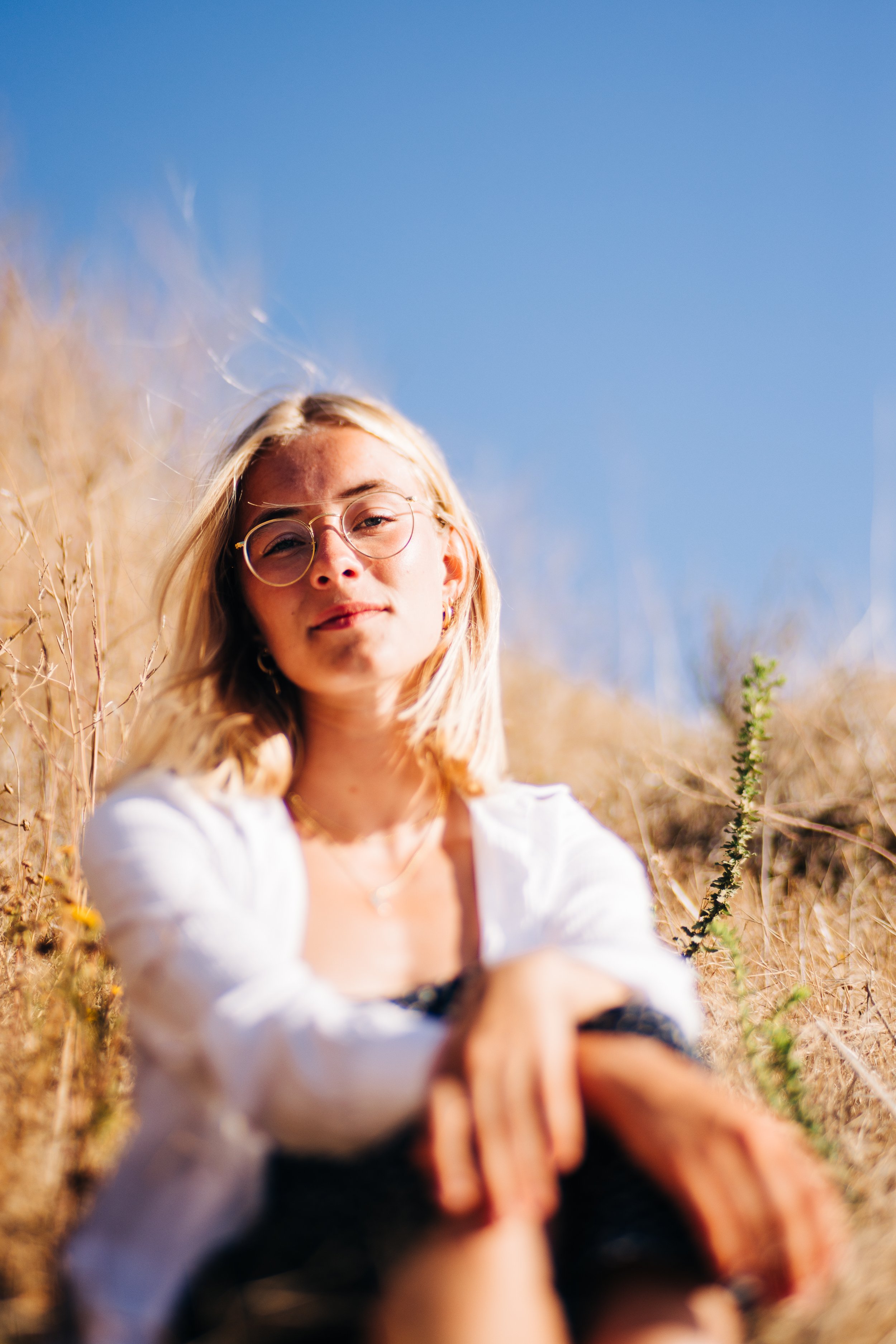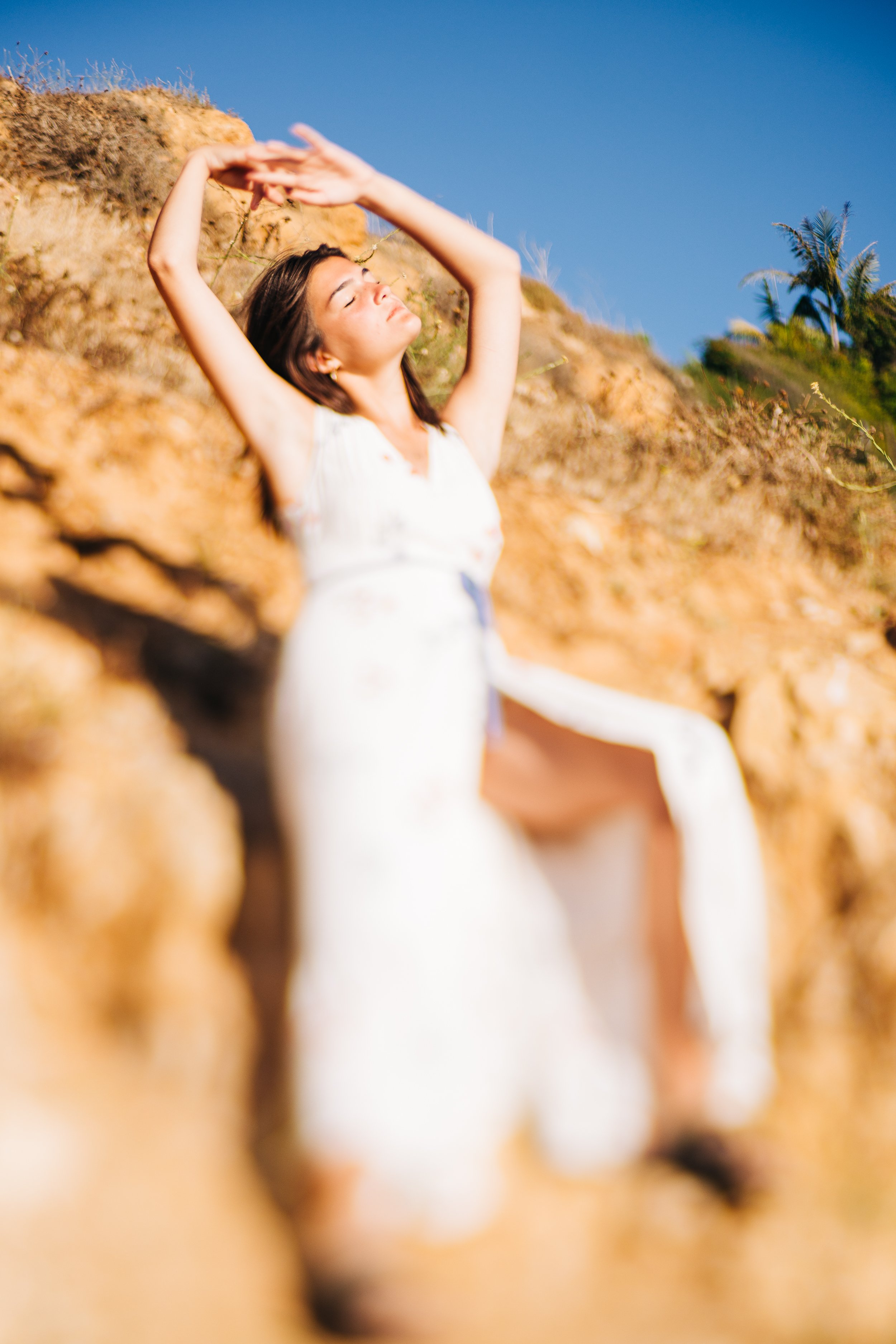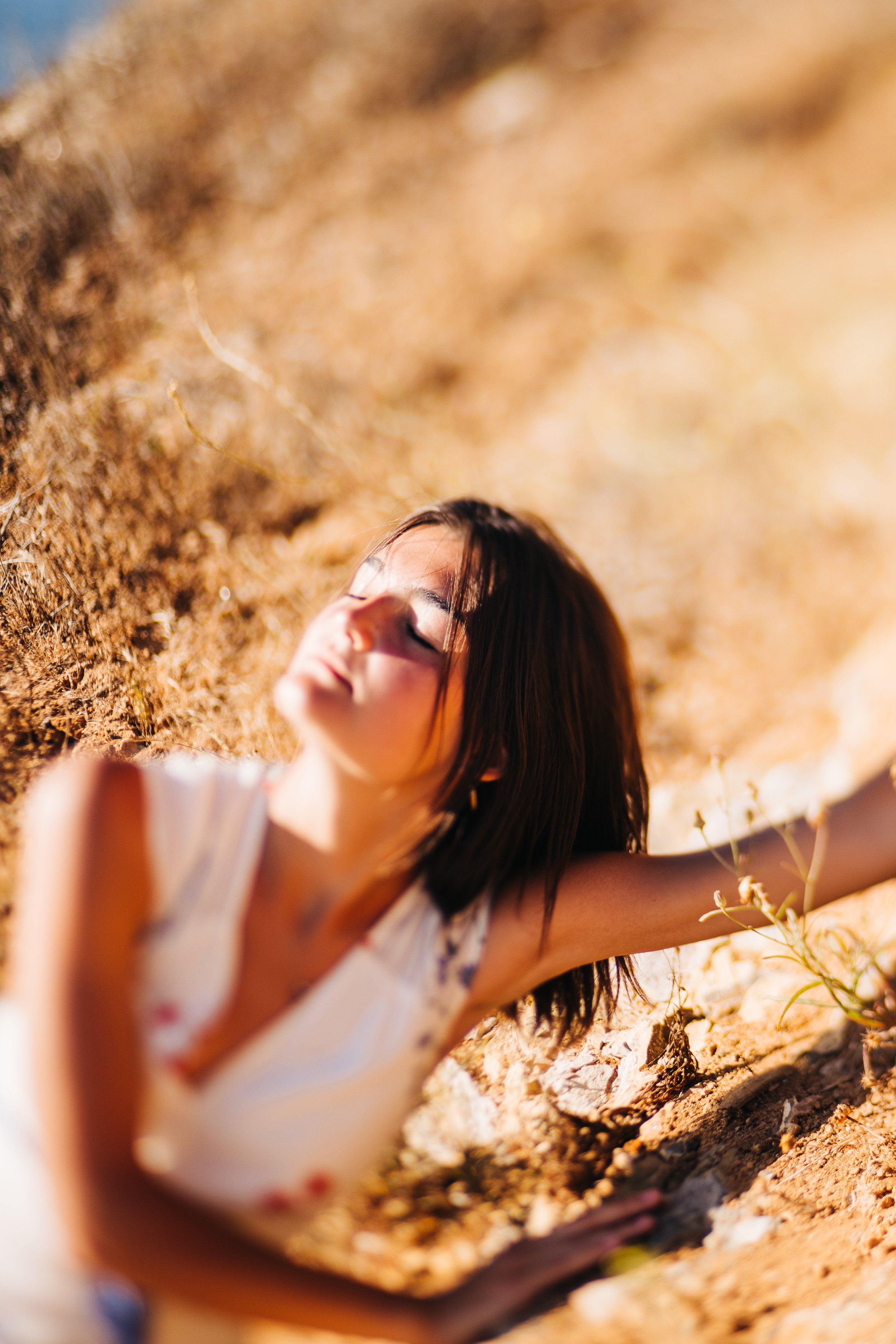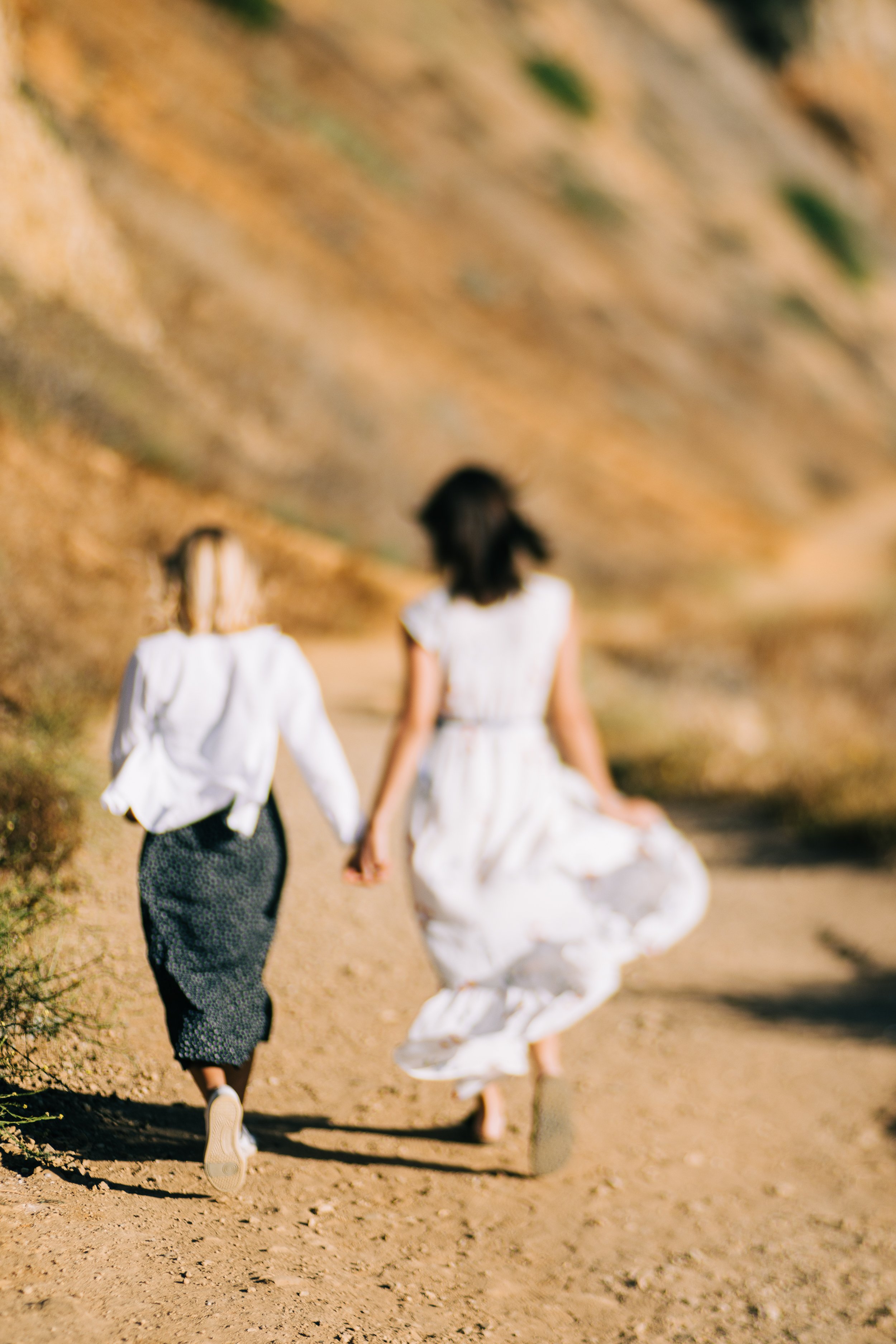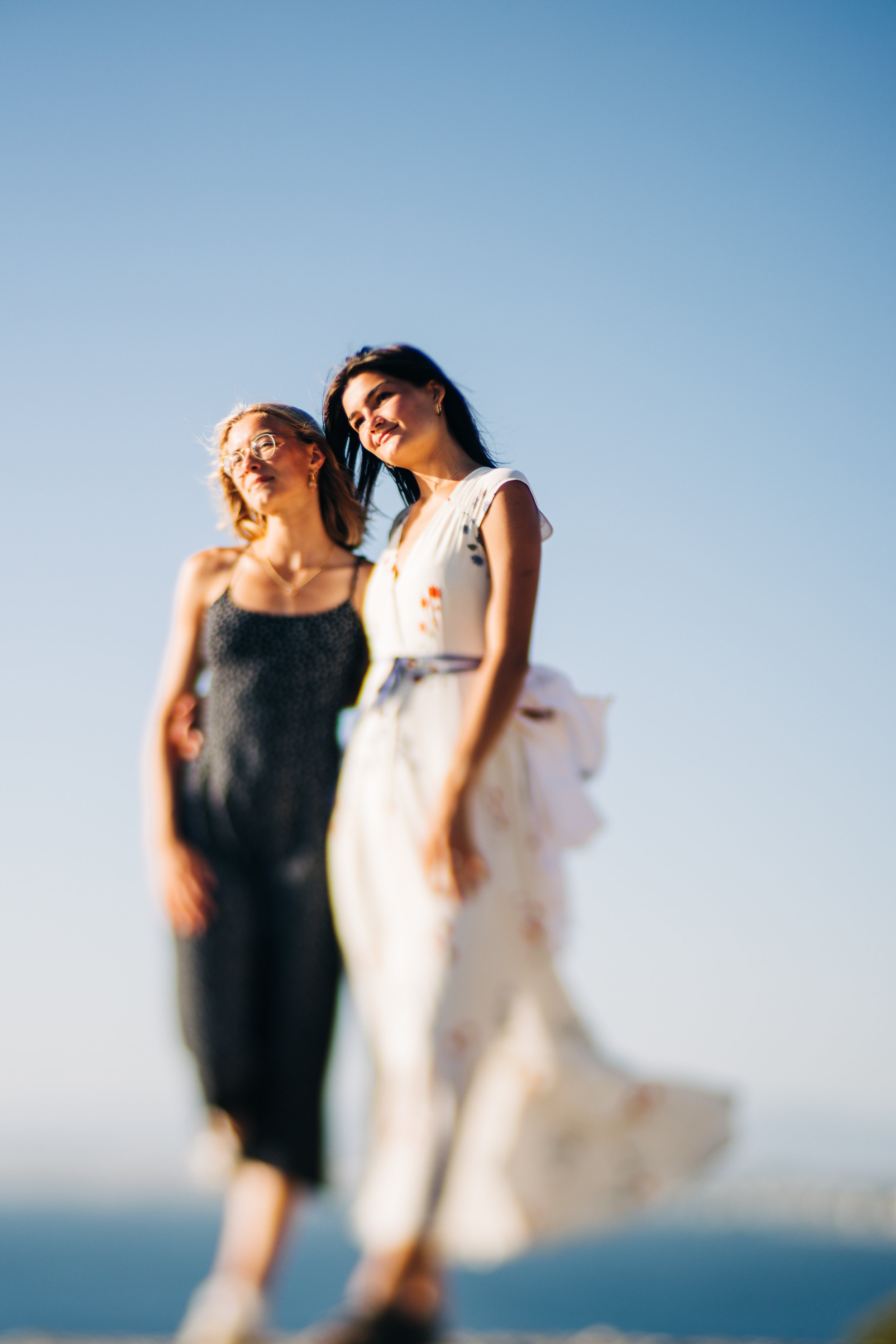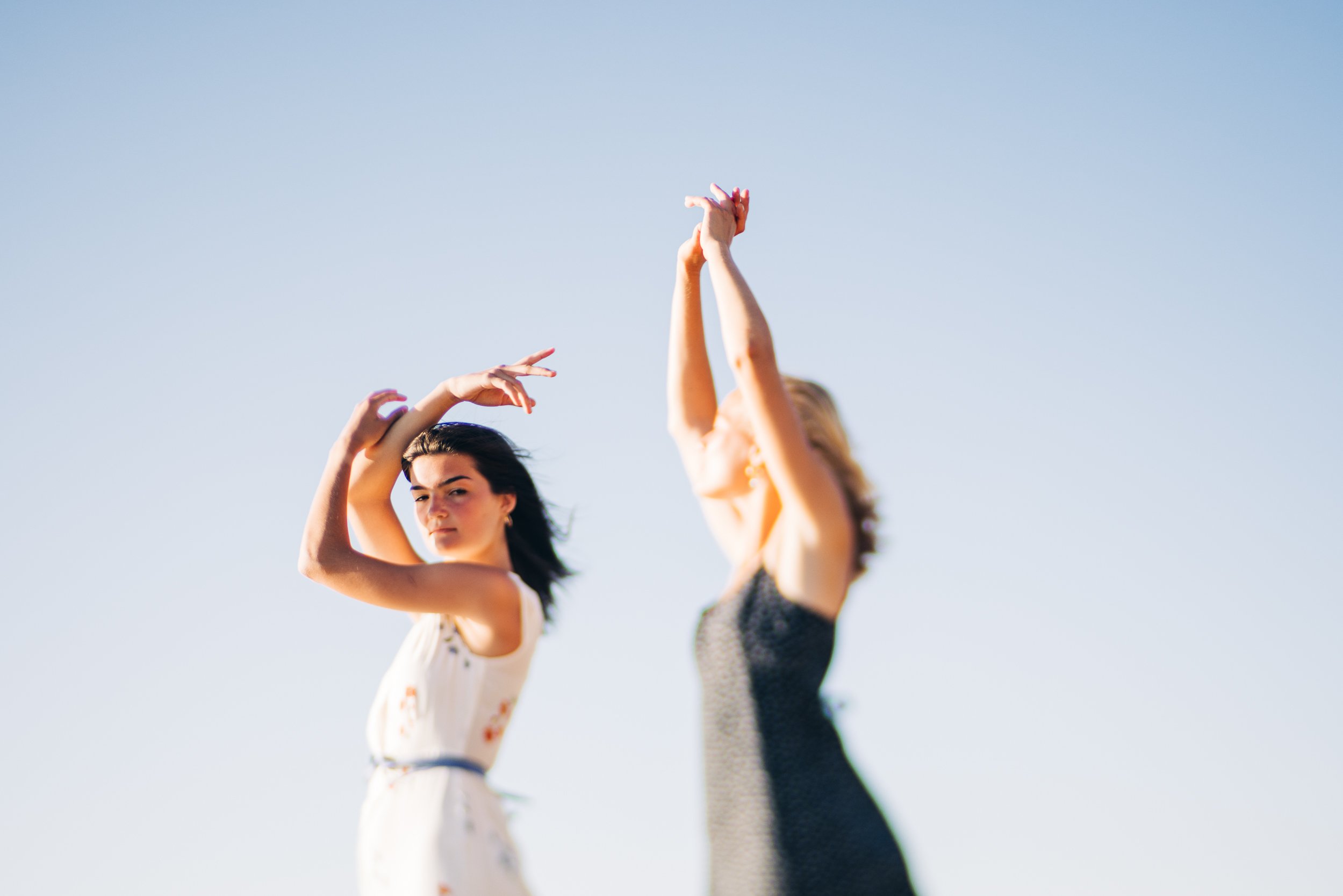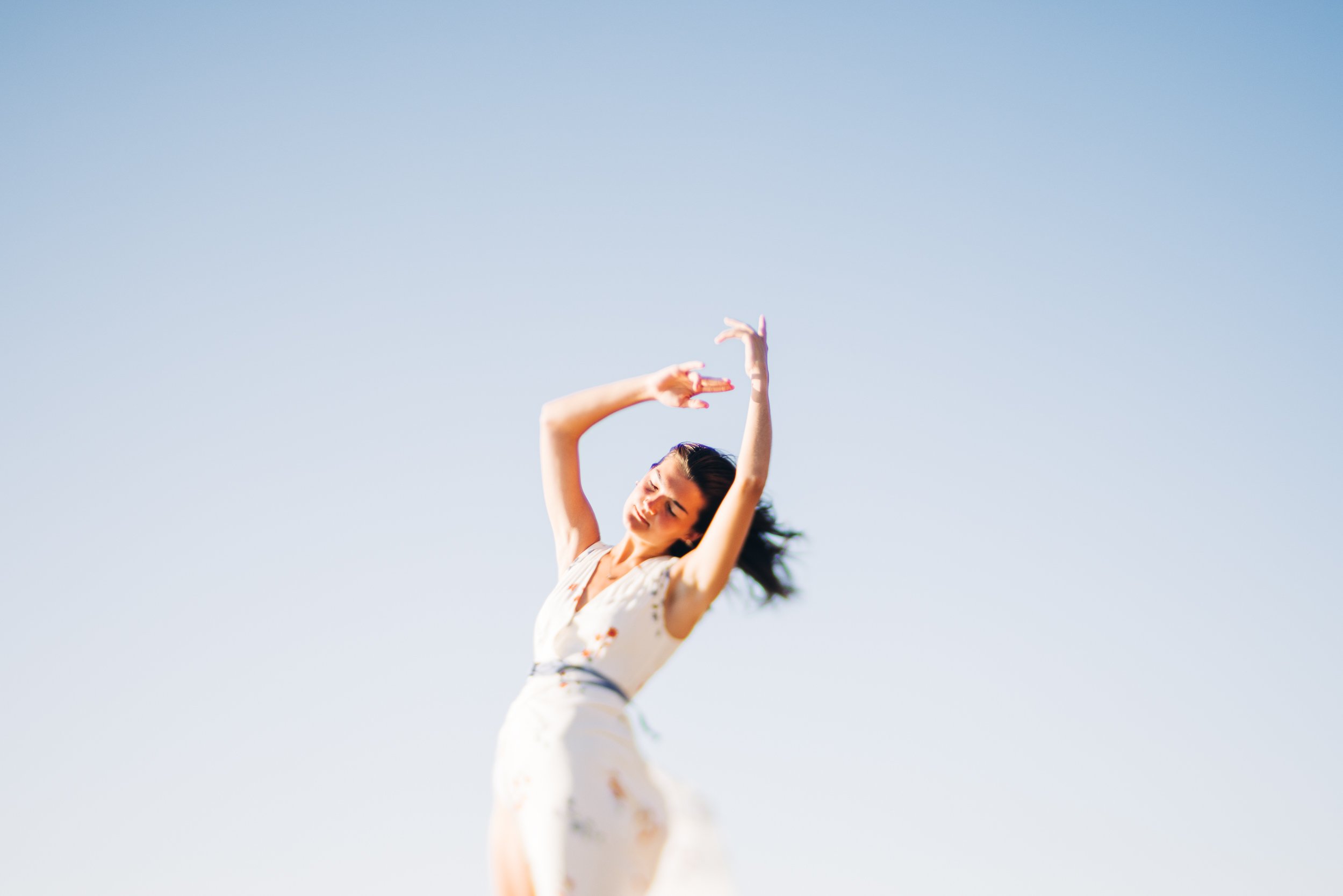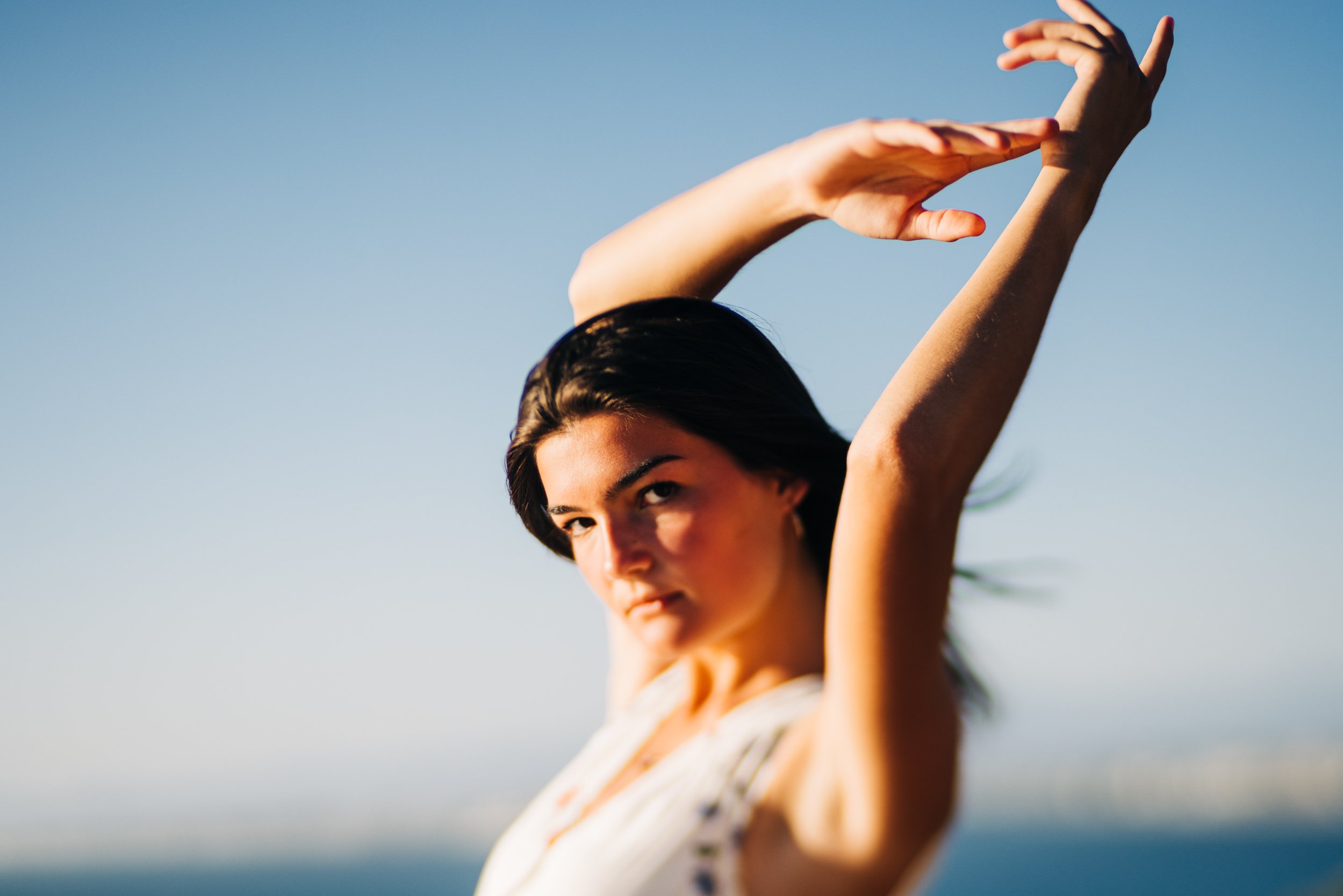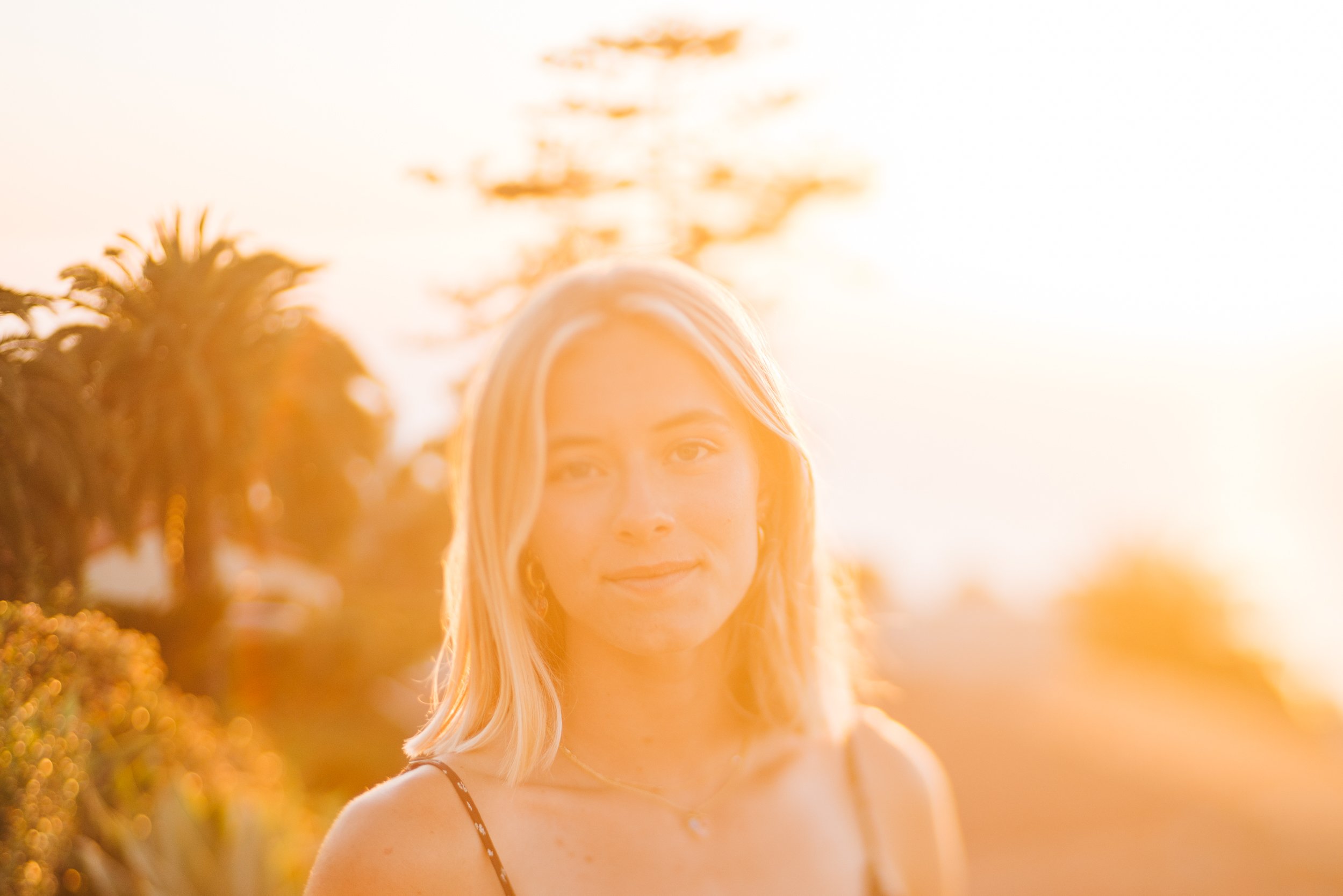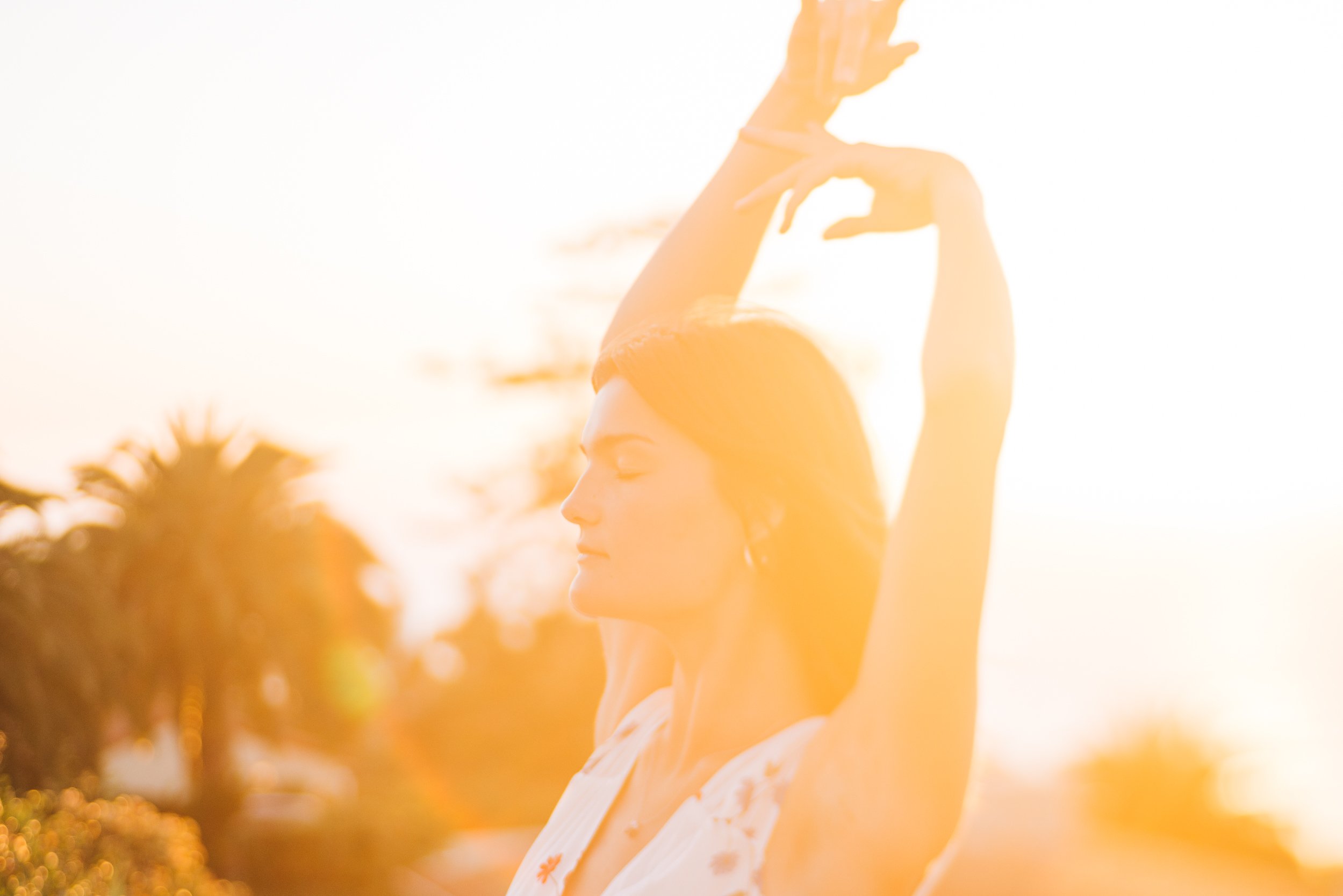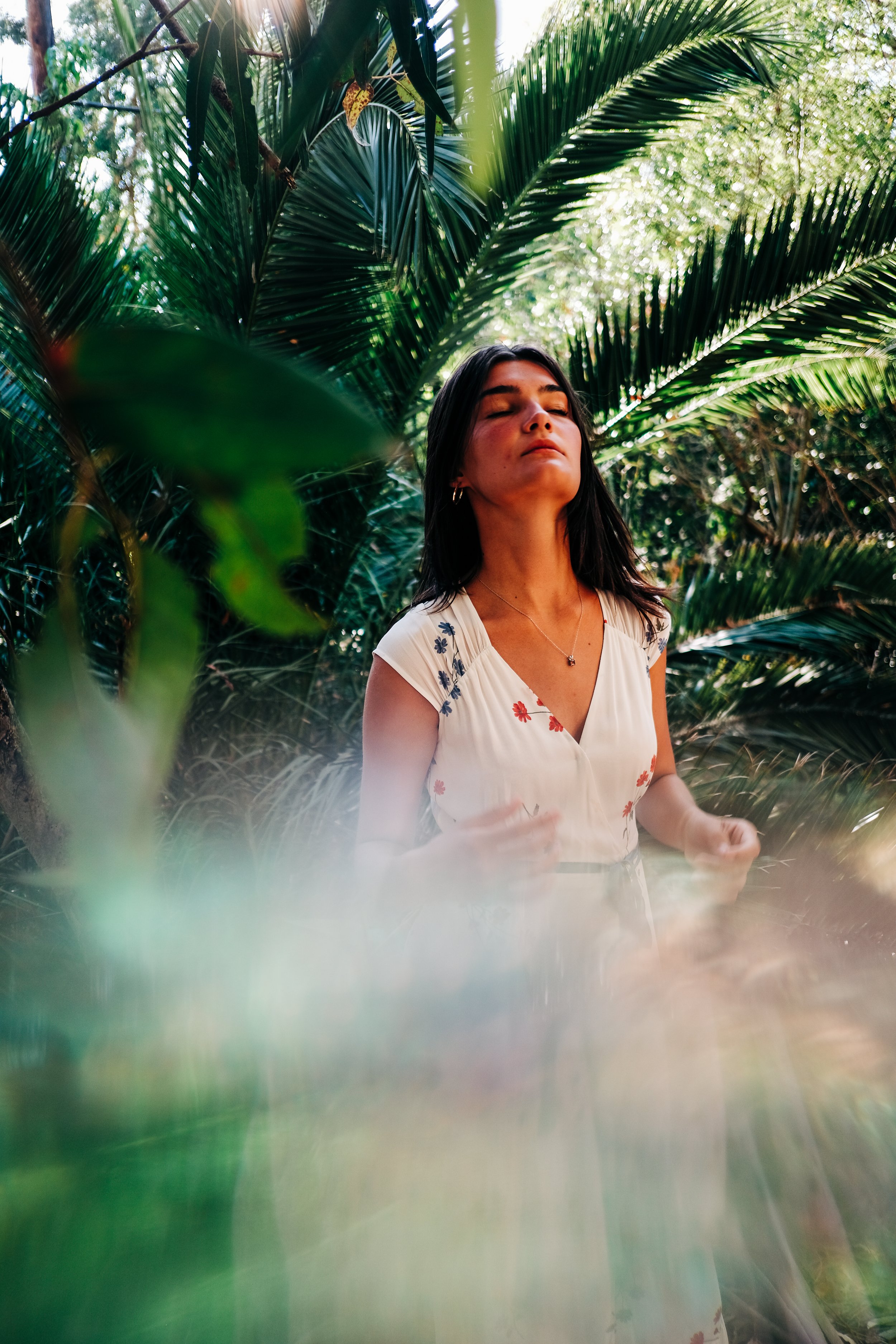Palos Verdes - Five Must See Locations For Portrait Photography
Have you ever done portrait photography in the most beautiful oceanside location near Los Angeles?
For the last seven years I have lived on the Palos Verdes Peninsula, an underrated and extremely scenic area 30 minutes South of Los Angeles. No matter if you live in LA or you’re here for a brief vacation, don’t miss coming out to see it. Our mostly quiet neighborhoods offer a large variety of trails, restaurants and shopping areas. But most importantly, it is an amazing location for photography.
A photography heaven for professional and amateur photographers:
Landscape and portrait photographers alike will find plenty of subjects: our cliffs, trails and parks offer a large variety of backdrops. Last month I met up with fellow photographer Jefferson Graham and together we toured my beautiful home town. While Jeff worked with his iPhone, I invited my daughter and her friend along to take their portraits with my Canon R5 and my Lensbaby Spark lens. This lens, in combination with the Edge 80 optic, creates a very special look that is both dreamy and draws the focus to the subject, making it ideal for portraits.
Basic things to consider when taking portraits:
Lens and camera choice
One of the question I hear often when talking about portraits is “Which lens is the right lens?” The answer to this question varies:
It all depends on the way you want to portrait your subject:
For an intimate portrait I would recommend using a longer focal length, ranging anywhere from 50 - 200 mm. I personally love the 85 mm focal length that I’ve used for the pictures in this article.
Close up portrait with the Lensbaby Spark 2.0, Edge 80
For an environmental portrait, on the other hand, a wider angle, like a 35 mm lens or even wider will be a better choice when you want to shoot from down below for example and get an interesting and unusual perspective.
Environmental portrait
The same is true for cameras. Any camera can create a great portrait. A good image is about your vision and how you see your subject. Only have your phone camera with you and want to take your bestie’s picture? Switch your camera to portrait mode and play with the different modes; you will be amazed by the wide variety of options. Phone cameras are also great to scout a location before the big photo shoot. Use phone pictures to study the light to be ready when you come back with your bigger camera.
Impact of Light
Amateur photographers tend to pose their subjects in bright sunlight. With the sun behind the photographer, the faces seem to get enough light, many beginner photographer think. However, the opposite is true. When the sun hits your subject’s eyes, people tend to squint and have large unattractive shadows under their eyes. Pose your subject in open shade (a shaded area that is facing into the light) instead and look how flattering even light make skin tones look.
In this portrait the face of the subject is evenly lit and her eyes are wide open. Note how there are no shadows under her eyes.
Time of Day
If you have a choice, wait for golden hour before shooting portraits. The warm light is flattering for any portrait. The lower the sun is to the horizon, the easier it is to shoot against the sun. If you have to shoot outdoor portraits around noon, shoot in the shade or try to hide the sun behind a building or tree. Harsh light rarely creates beautiful portraits.
Beautiful golden tones can be created when shooting against the sun around golden hour.
Interact with your subject
Instead of saying “Cheese!” try to have a real conversation with your subject. Making the person in front of the camera as comfortable as possible is your best way to successful portrait photography. Once your subject engages with you, they will forget about the camera and show genuine emotions in their expressions. Continuing to shoot, even when you say you’re done, is another good way to get honest expressions because the subject is no longer posing for the camera.
Get a variety of poses
No one wants to see a set of 50 images with the same pose and location. Let your subject walk, skip, dance, or bring props to help them loosen up. Keep shooting while your subject is playing instead of posing them stiffly. The more poses you can get, the more interesting your pictures will be.
Cover whole body to close up
Make sure you continue portraying your subject from different angles. I typically start with whole body images and then start getting closer and closer. A shoot-list can be a helpful tool to remember to cover everything from whole body to close ups.
Lastly, here is a video that Jeff created of our portrait session. Join us and see all of these tips in action. Have a look and let me know how you like it.
Thank you, Jeff!
As part of this month’s blog circle I’d like to invite you to learn more about my friend Alison, a Huntersville Branding Photographer who wrote in interesting article about branding sessions. If you live near Charlotte, she’s your gal. Her work is light filled and she definitely knows how to let your personality shine.

